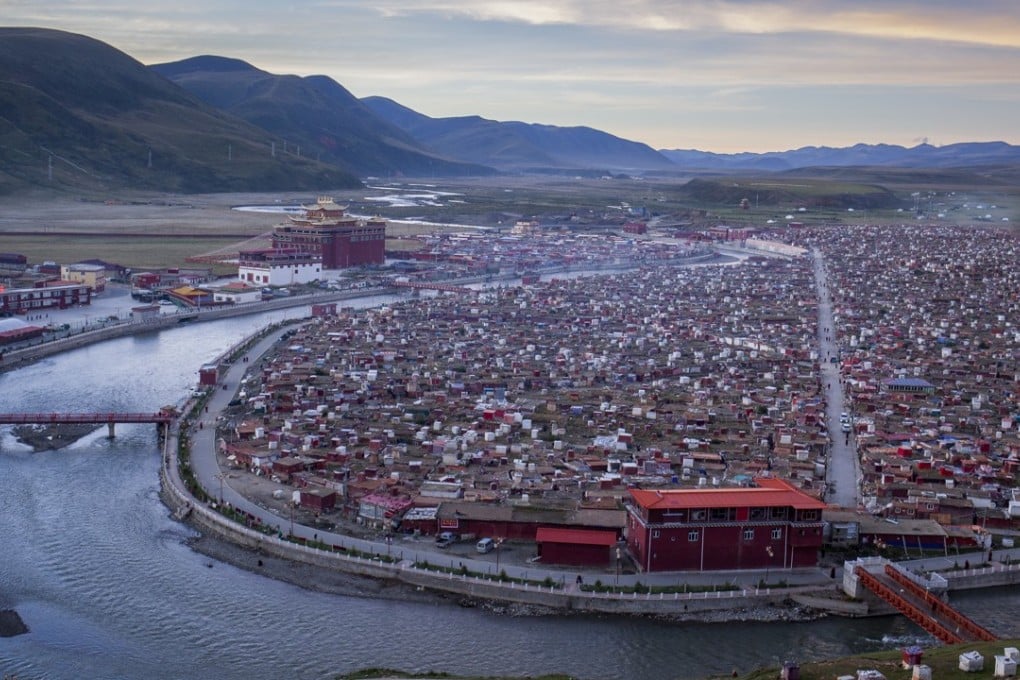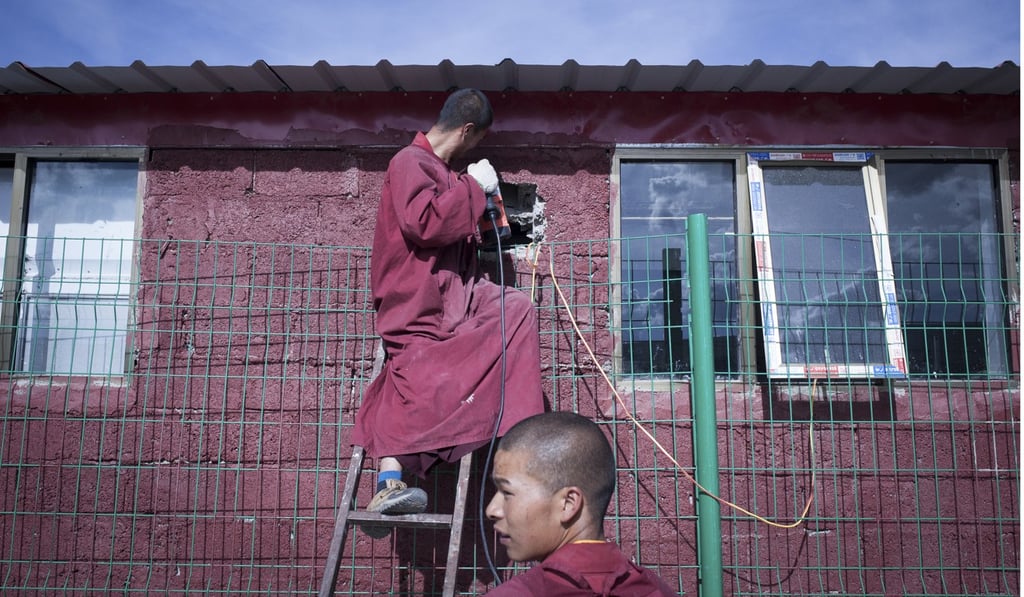Sichuan’s remote Yarchen Gar monastery, where Buddhist monks and nuns suffer on the path to enlightenment
•After a two-year ban, visitors are again allowed to visit, but under police supervision
•Hard-to-reach monastery’s 10,000-strong population is still growing

High in the mountains of Sichuan province, more than 10,000 Buddhist monks and nuns live in the austere surroundings of the Yarchen Gar monastery. Here, they follow the teachings of leader Asong Tulku, who counsels meditation and atonement for his disciples, and is revered as a living Buddha.
Established in 1985 by Lama Achuk Rinpoche, Yarchen Gar – officially known as Yaqing Orgyan – is located in Baiyu county, in western Sichuan’s Garzê Tibetan Autonomous Prefecture. At 4,000 metres above sea level the difficult-to-reach monastery boasts one of the largest congregations of monks and nuns in the world.
Because most of the devout here are women, Yarchen Gar has been called the “city of nuns”.
After a two-year ban, foreign visitors have been recently allowed to visit Yarchen Gar once again, though under a (relatively relaxed) police presence.
The number of disciples at Yarchen Gar initially grew so rapidly that its founder ordered the monks and nuns to live separately, using the river that runs through the encampment to divide the sexes. Such segregation means construction and manual work must be carried out by both men and women.

Most of the Yarchen Gar congregation are Tibetan, with few able to speak Mandarin. In Garzê, 77 per cent of the inhabitants claim ethnic Tibetan heritage, though the mix in Yarchen Gar itself is not clear, with pilgrims, monks and nuns, as well as a few tourists, coming and going.
